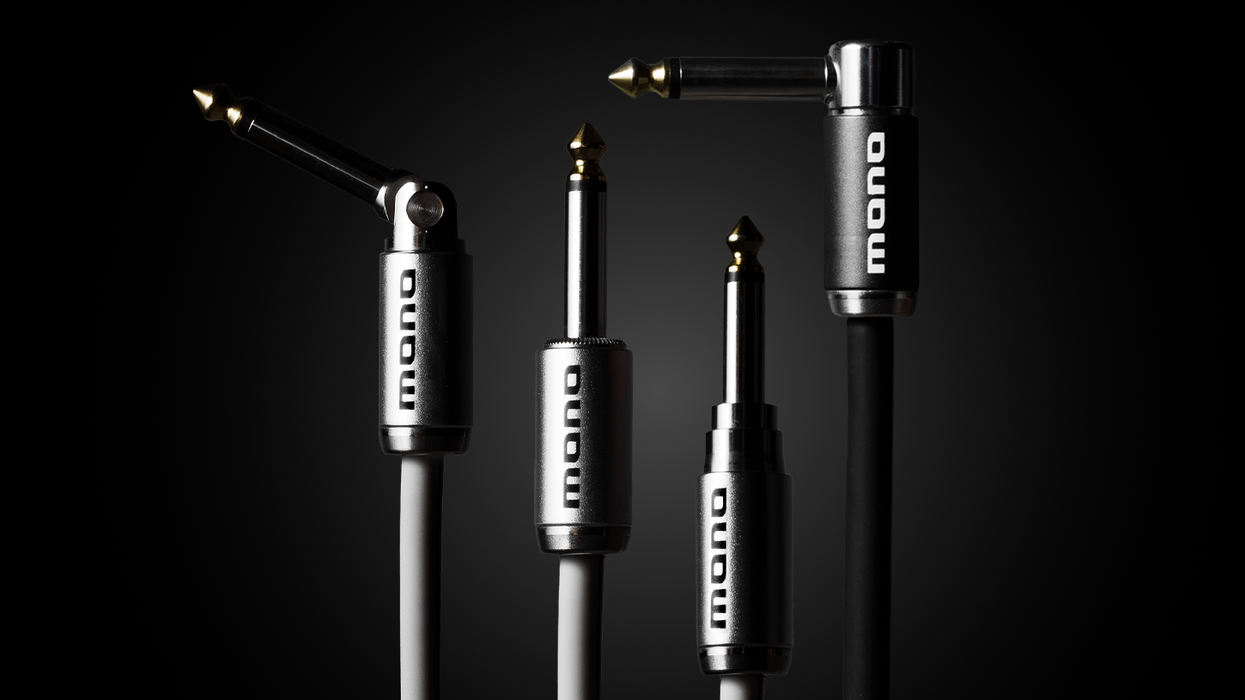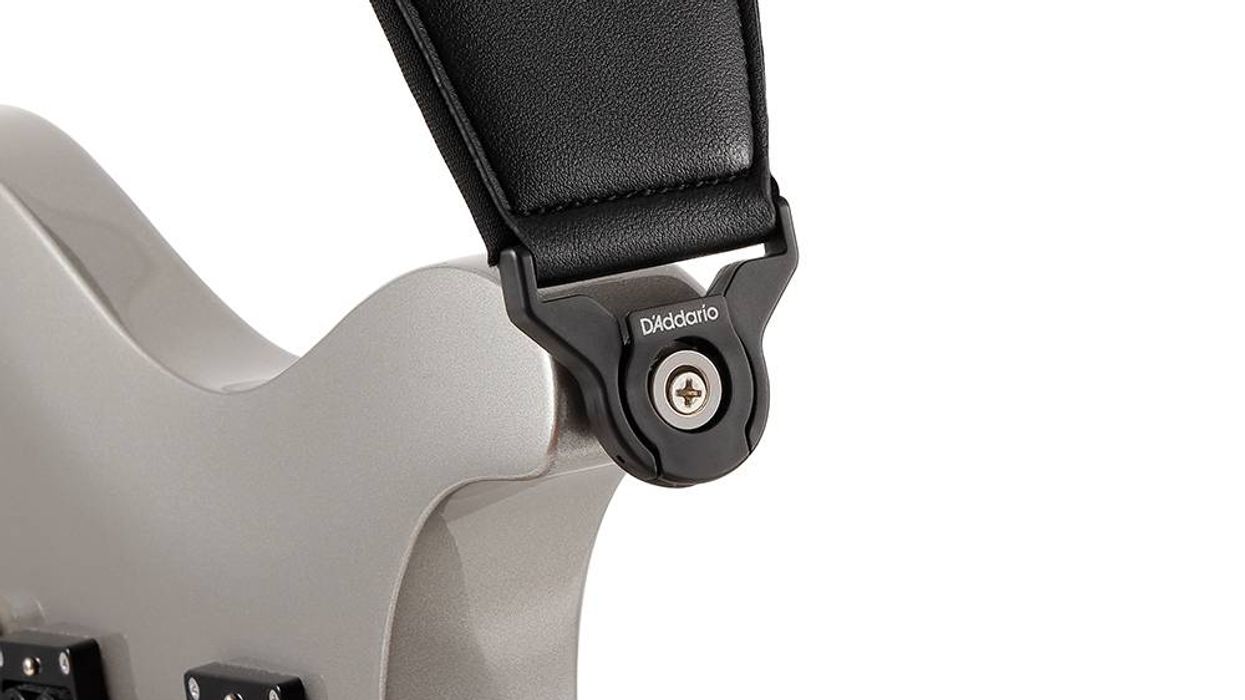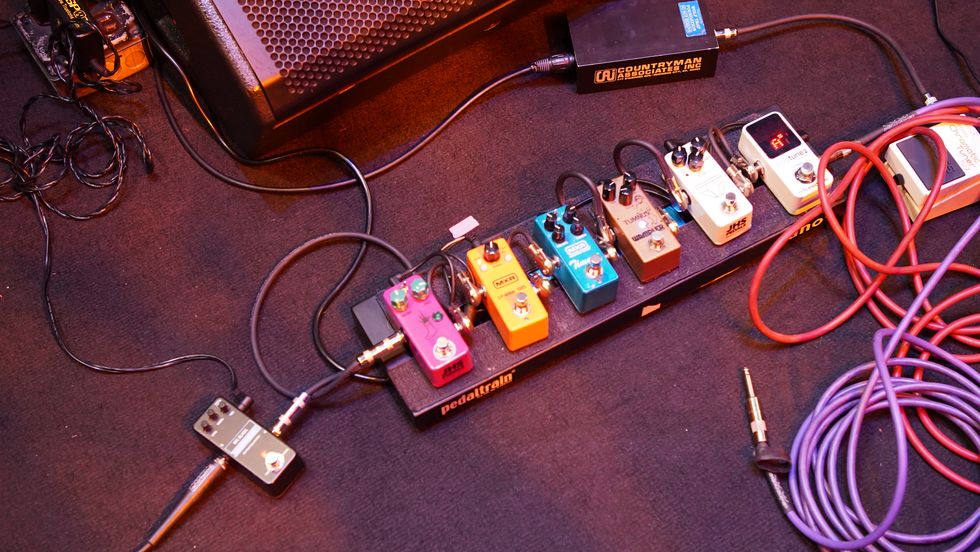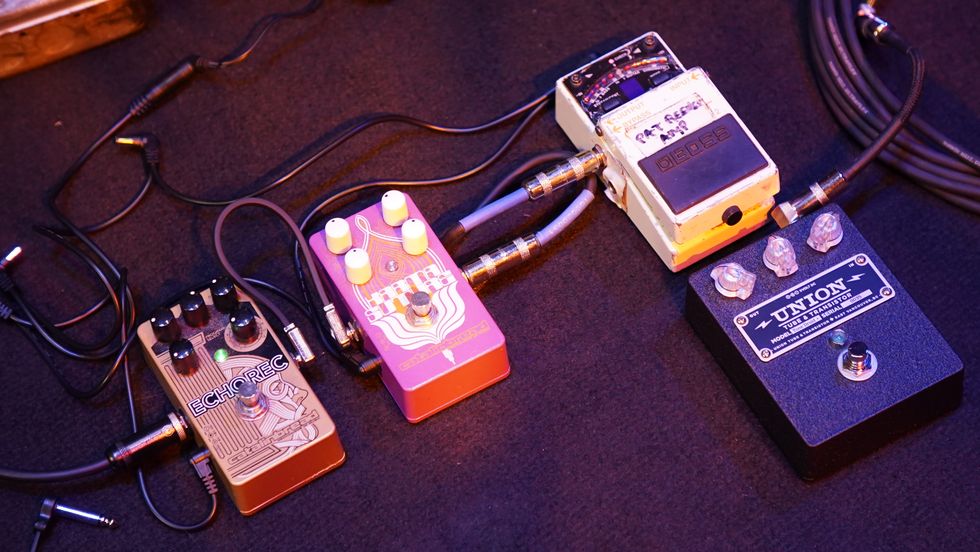Korg USA Inc. announces the promotion of Jeff Shreiner to Marketing Manager for Spector Musical Instruments (SMI), and the hiring of Carine Kowalik as Social Media Specialist for Korg USA. The appointment of these two marketing professionals will help broaden the reach of Korg USA brands and support the company’s growth goals for 2021 and beyond.
Jeff Shreiner joins the SMI team after 7.5 years at Korg USA, where he served most recently as Brand Manager of Korg Tuners, Waldorf, Sakae, as well as other Drum and Accessories lines during his tenure. As Marketing Manager for SMI, Shreiner joins an experienced and dedicated team responsible for supporting the electric bass brand through its trusted network of international distribution partners.
“Jeff joins us after many years where he demonstrated a diverse skill set that saw him succeed in both sales and product management positions,” said John Stippell, Global Brand Manager for SMI. “During this time, Jeff has also honed his creative skills, proving to be an invaluable asset with his photography, videography, and audio engineering skills, as well as with his great attitude and work ethic. As a member of the team, Jeff will be applying these skills to his work with Spector to ensure that our brand is every bit as polished and competitive as our impressive instruments.”
Carine Kowalik joins Korg USA as Social Media Specialist after working in music marketing and promotion for over a decade. As a musician herself and former tour manager, Carine is fondly familiar with the Korg family of products and types of content musicians find engaging. Carine returns to the East Coast after most recently serving as Artist & Industry Coordinator at Musicians Institute in Los Angeles. She brings with her a proven track record in creative project management and problem solving, coupled with her connection to today’s social media landscape and trends.
“I’m thrilled to have the opportunity to use the skills I’ve acquired within social media, publicity, and the entertainment industry to help lead the online image and digital strategy of such a reputable, loved brand into the future,” said Kowalik. “I’m passionate about supporting the entire music community, from aspiring music makers to seasoned pros, through education and connection.”
Korg USA is thrilled to welcome Jeff Shreiner and Carine Kowalik, who will each leverage their unique perspectives and experiences for the betterment of Korg’s U.S. brand portfolio.
Learn more about the Korg USA portfolio of brands at www.korgusa.com.
For additional comments or information, please contact Morgan Walker, Director of Communications for Korg USA at morganw@korgusa.com
About Korg USA
Established in 1963, Korg USA Inc. is a sales and marketing leader in the musical instrument industry as the exclusive U.S. distributor for the world’s finest brands, including Korg, VOX, Blackstar, Spector, Darkglass, Tanglewood, Cole Clark, Sakae, Waldorf, Sequenz and Nu:Tekt. The company is committed to inspiring all musicians and bringing the most innovative products and technologies to the U.S. market via electronic instruments, DJ and production tools, keyboards, synthesizers, amplifiers, guitars, tuners, strings, and more. Learn more at www.korgusa.com.




















